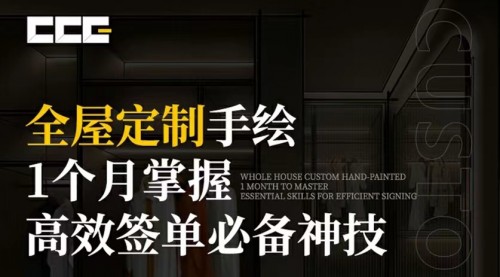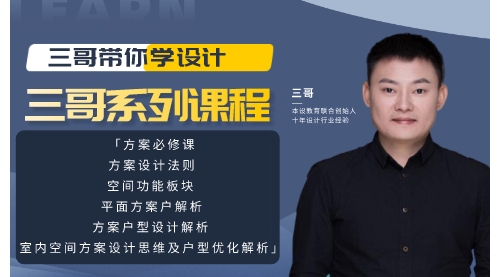建筑师将住宅建立在一个相对狭长的斜面地基上,并与现有的维多利亚风格房子合并在一起。同时,通过被动
式太阳能设计最大程度上减少房屋的能源使用。
一方面,居住需求和地基形状、方位和地势很大程度上决定了房屋的主体布局;另一方面,被动式太阳能的应
用,尤其是业主希望房屋反映其长时间在亚洲各地居住经历的诉求诞生了建筑物的具体构造和细节设计。
Our task in designing this house was to accommodate a family on a sloping site – long and relatively narrow and
incorporating an existing Victorian house. We also needed to ensure that the highly serviced building minimised
energy use through passive solar design.
Whilst the accommodation requirements and the shape, orientation and terrain of the site largely determined
the formal arrangement of the house, the articulation of the fabric and the detail design were generated from
both the passive solar methods employed and more significantly, our Client’s request that the architecture reflect
their extensive time living in various parts of Asia.
建筑师有意识地回避呆板式或主题式地模仿“亚洲”建筑风格。通过颜色、纹理、形状等细节处理在建筑与
“亚洲风”之间建立了微妙的联系。我们尝试从本质上参考亚洲建筑风格,而不是直接的视觉呈现。
We were conscious of avoiding a literal or thematic depiction of ‘Asian’ architecture, so the connections are
subtle and characterised by a minimal palette of colour, texture and form and an attempt to reference the
qualitative aspects of Asian architecture rather than obvious visual representations.
|

 发表于 2014-5-30 09:12:43
发表于 2014-5-30 09:12:43




 已绑定手机
已绑定手机






